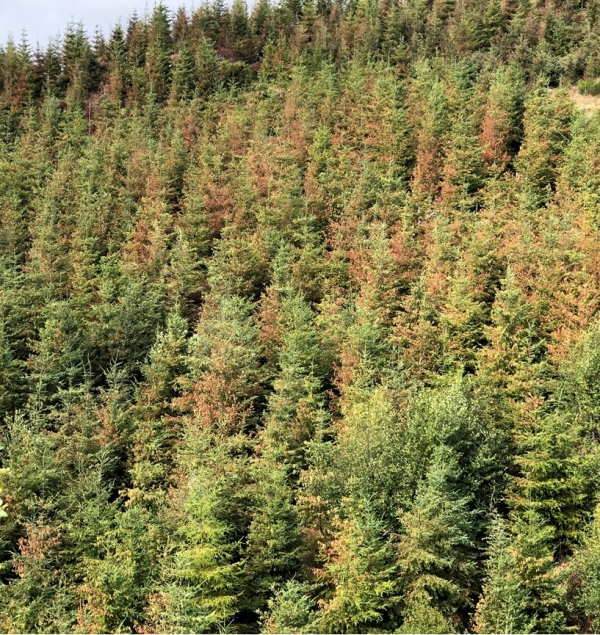Widespread tree scorch in the Pacific Northwest that became visible shortly after multiple days of record-setting, triple-digit temperatures in June 2021 was more attributable to heat than to drought conditions, Oregon State University researchers say.
In a paper published in Tree Physiology, a team led by Christopher Still of the OSU College of Forestry cites evidence that leaf discoloration and damage are consistent with direct exposure to solar radiation during the hottest afternoons of the “heat dome” that covered northwestern North America.
Still and other scientists from OSU were responding to an article published in the same journal in April 2022 that concluded the trees’ problems were the result of drought and a failure in the trees’ hydraulic system, which helps foliage stay cool through the exhalation of water vapor via a process known as transpiration.
The collaboration that produced the response following a literature review includes researchers from Oregon State’s colleges of Engineering, Agricultural Sciences, and Earth, Ocean, and Atmospheric Sciences, as well as two other OSU-affiliated organizations, the Oregon Climate Change Research Institute and the PRISM Climate Group.
Read more at Oregon State University
Image: Foliar scorch (Photo by Gabriela Ritokova)


